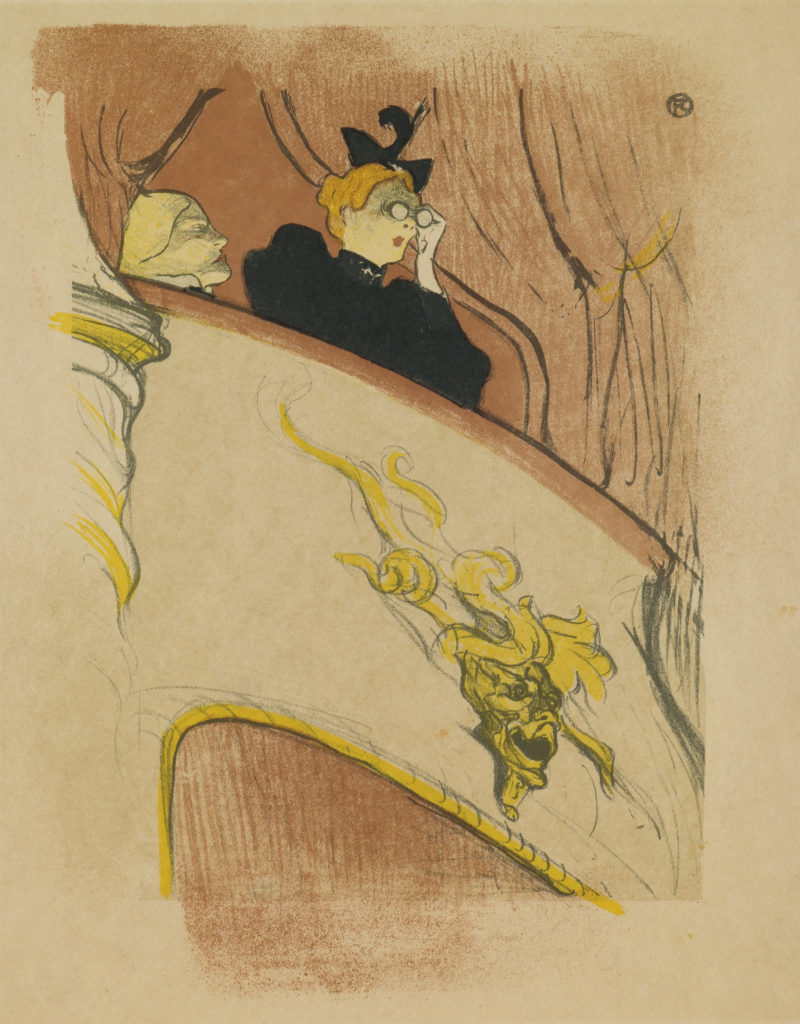
A woman peers down through round opera glasses, scanning the stage or perhaps the audience. A stiff-collared companion glances at her sideways. We — the viewers — look up to scrutinize them both.
Henri de Toulouse-Lautrec’s “La loge au mascaron doré (The Box with the Gilded Mask)” (1893) is a witty masterpiece of triangulated gazes, blurring the line between observer and observed. For Parisians at the end of the 19th century, to attend the opera, the ballet or the Moulin Rouge — to wander the Tuileries Gardens, or to cheer the horses at Longchamp — was to see but also to be seen.
This spring, the Mildred Lane Kemper Art Museum at Washington University in St. Louis will present “Spectacle and Leisure in Paris: Degas to Mucha.” Featuring a broad selection of prints, posters, photographs and film — many of which have rarely been on public view — the exhibition will explore how visual artists at once documented, promoted and participated in the distinctive entertainment cultures that defined the Belle Époque.
In many ways, the stage was set decades before. In the 1850s, Baron Georges-Eugène Haussmann, at the direction of Emperor Napoléon III, commenced a massive program of public works. Just as Republican politics promoted values of equality and economic progress, Haussmann’s vast network of Parisian parks, squares and broad boulevards encouraged circulation and emerged as important sites for the mixing of social classes.
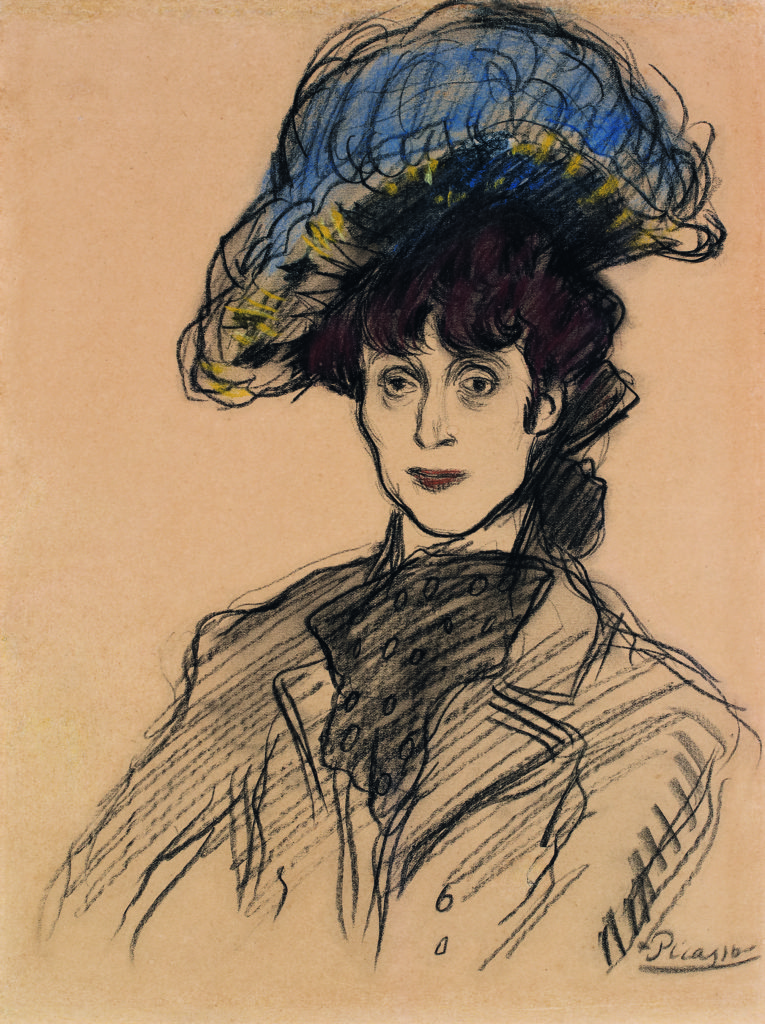
If Montmartre represented the city’s working class and bohemian energies, venues in central Paris had long served the middle and upper classes. In “Chanteuse de café-concert (The Café-Concert Singer)” (1875–76), Edgar Degas captures a white-gloved Emélie Bécat at the Café aux Ambassadeurs, near the entrance to the Champs-Elysées. Édouard Manet’s “Lola de Valence” (1862–63) depicts the visiting Spanish dancer while Alphonse Mucha’s posters for “The Divine” Sarah Bernhardt immortalized the actress’s tenure at the Théâtre de la Renaissance.
Perhaps no performer understood the power of visual advertising — or personified the era’s investments in spectacle and celebrity — better than Bernhardt, whom the exhibition also represents through film and photography. Yet other works employ a different visual strategy. Rather than focusing on individual figures, Manet’s “Les courses (The Races)” (1884), Pierre Bonnard’s “Le canotage (Boating)” (1896-97) and Edouard Vuillard’s “Une galerie d’un Théâtre du Gymnase (A Balcony at the Théâtre du Gymnase)” (1900) capture the movement and energy of the crowd — and highlight our own participation as viewers. For Parisians of all classes, the city’s true character could only be glimpsed through the pulse and speed of public life.
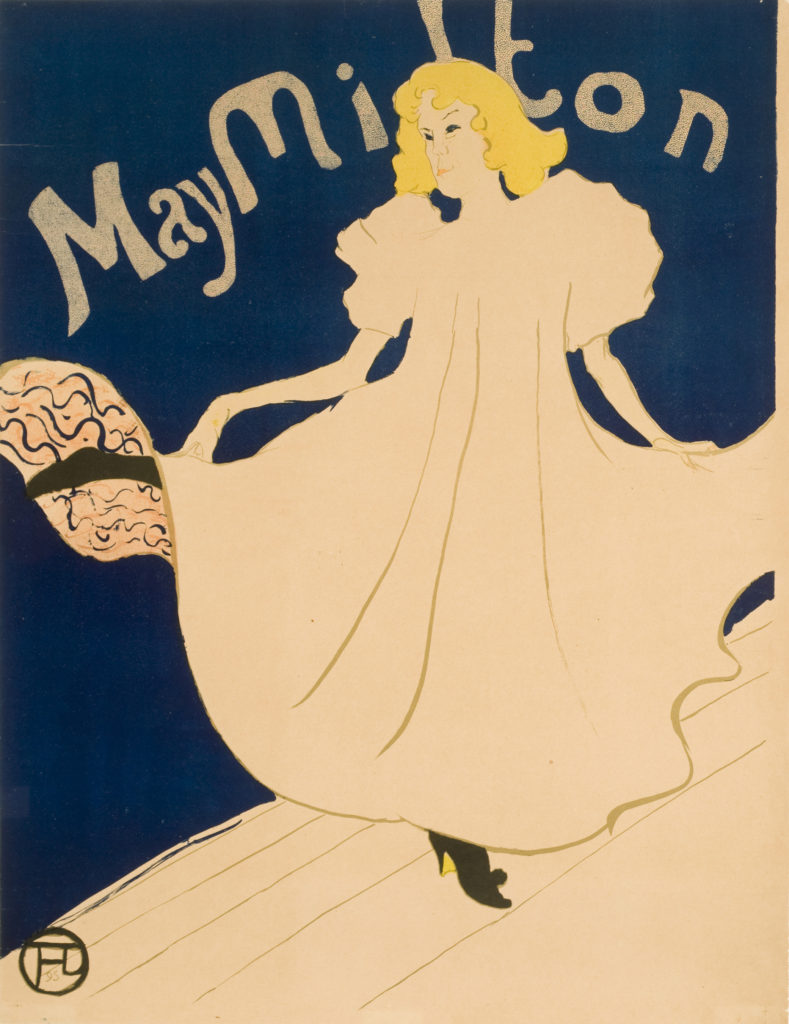
Organizers and catalog
“Spectacle and Leisure in Paris: Degas to Mucha” is curated by Elizabeth Childs, the Etta and Mark Steinberg Professor of Art History and chair of the Department of Art History & Archaeology in Arts & Sciences. It is designed by Frank Escher and Ravi GuneWardena of Escher GuneWardena Architecture.
An accompanying catalog features essays by Childs and Colin Burnett, assistant professor in Film and Media Studies and a specialist in the history of French film, as well as by graduate students Meg Galindo, Lauren A. Johnson, Kirsten Marples and Lindsay Sheedy, and recent graduate Rachel Tuteur. The catalog is published by the Kemper Art Museum. It will be available at the museum and distributed through the University of Chicago Press.
Support for the exhibition is provided by: the William T. Kemper Foundation; the Department of Art History & Archaeology and a Classroom Innovation Grant in Arts & Sciences; the Hortense Lewin Art Fund; and members of the Mildred Lane Kemper Art Museum
The exhibition is timed to coincide with “Degas, Impressionism, and the Millinery Trade” at the Saint Louis Art Museum, an exhibition opening in spring 2017 that focuses on art and fashion in Paris at the same moment, particularly the millinery trade of the era as represented by Degas and other key artists in his Impressionist circle.
Mildred Lane Kemper Art Museum
“Spectacle and Leisure in Paris: Degas to Mucha” opens at the Kemper Art Museum with a public reception from 7 to 9 p.m. Friday, Feb. 10 and remains on view through May 21. The museum is located on Washington University’s Danforth Campus, near the intersection of Skinker and Forsyth boulevards. Regular hours are 11 a.m.-5 p.m. daily except Tuesdays and 11 a.m.-8 p.m. the first Friday of the month. The museum is closed Tuesdays.
For more information, call (314) 935-4523; visit kemperartmuseum.wustl.edu; or follow the museum on Facebook, Twitter and Instagram.
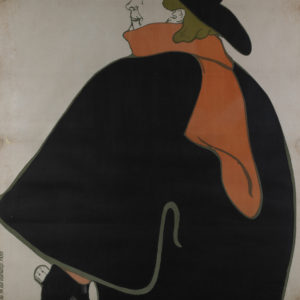
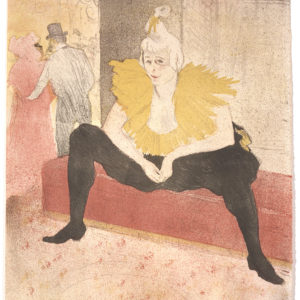
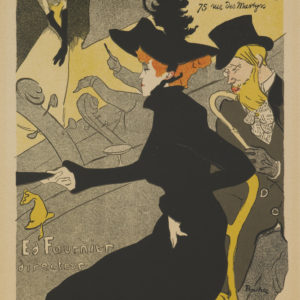
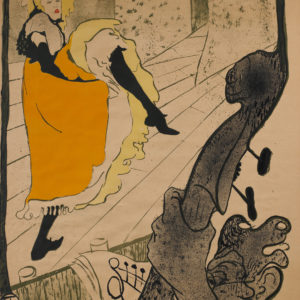
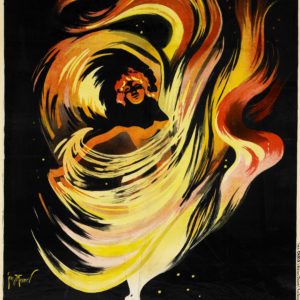
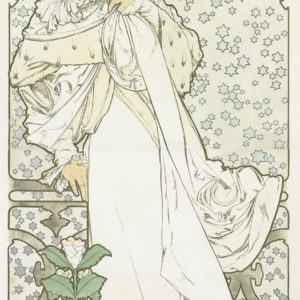
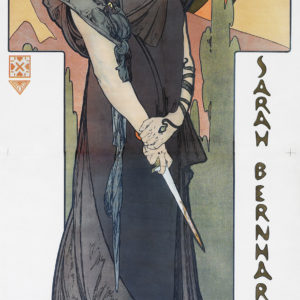
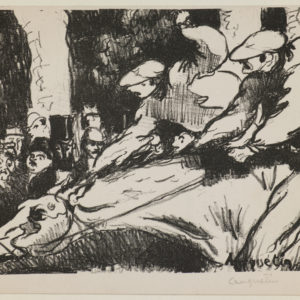
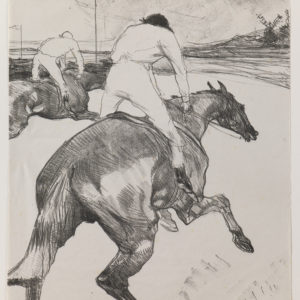
Comments and respectful dialogue are encouraged, but content will be moderated. Please, no personal attacks, obscenity or profanity, selling of commercial products, or endorsements of political candidates or positions. We reserve the right to remove any inappropriate comments. We also cannot address individual medical concerns or provide medical advice in this forum.